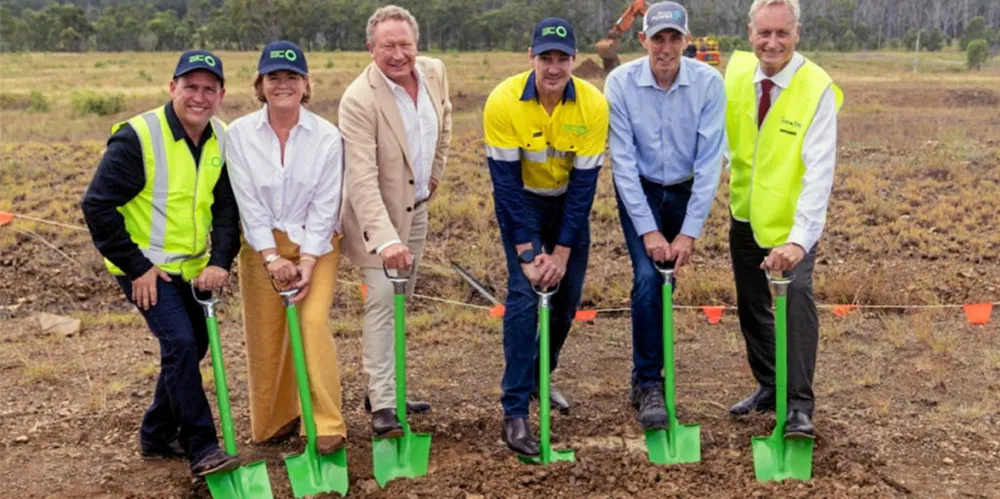Iron-ore billionaire starts construction of world's largest hydrogen electrolyser factory
The new plant in Queensland, Australia, is the first part of a planned green manufacturing hub where wind turbines, solar panels, batteries and electrical cables will also be built
